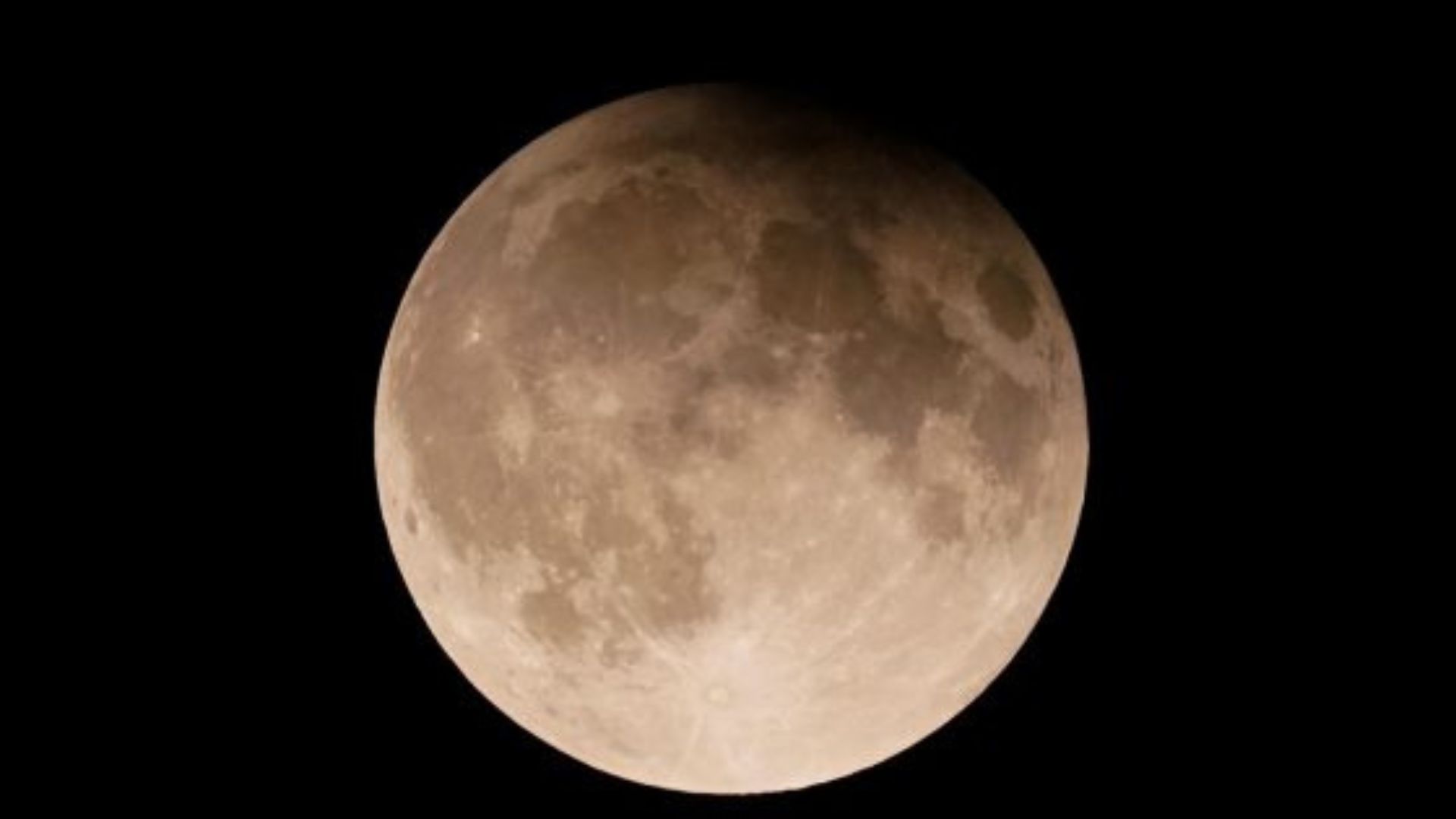
Ohio, located in the Midwestern United States, joined the Union as the 17th state on March 1, 1803. It ranks as the 34th-largest state by area, with a population of nearly 11.8 million, making it the seventh-most populous and the tenth-most densely populated state in the country. The state’s capital and largest city is Columbus, while other major urban centers include Cleveland, Cincinnati, Dayton, Akron, and Toledo. Known as the “Buckeye State” in reference to the Ohio buckeye trees, its residents are often referred to as “Buckeyes.” Ohio takes its name from the Ohio River, which borders it to the south.
The voters
In Ohio, around 79.65% of the population identifies as White, while 12.34% is Black or African American. Approximately 4.27% identify as two or more races, 2.35% as Asian, 1.2% as another race, 0.16% as Native American, and 0.03% as Native Hawaiian or Pacific Islander.
Must Read: Trump Vs Harris: Who Has the Edge In The Race For The White House?
Democrat or Republican?
In recent presidential elections, Ohio has leaned Republican, with Donald Trump securing victories in both 2016 and 2020. However, state-level elections reveal a blend of Democratic and Republican leadership across various offices. For instance, Ohio currently has a Republican governor, while its U.S. Senate and House delegations include representatives from both parties. This dynamic political landscape makes Ohio a key battleground state, with shifts in voter preferences that hold significant influence in national elections.
Ohio, a swing state?
Ohio is widely regarded as a swing state, as its voting patterns are not firmly aligned with either party and can favor Democrats or Republicans depending on the election cycle. Historically, Ohio has played a pivotal role in presidential races, thanks to its diverse electorate and substantial electoral vote count, making it a crucial battleground.
Must Read: Will Abortion Rights Influence Swing States In Trump-Harris Race?
7 Presidents
Ohio has produced seven U.S. presidents, earning the nickname “the Mother of Presidents.” The state’s presidential lineup includes William Henry Harrison, the 9th President, who served in 1841; Ulysses S. Grant, the 18th President, who held office from March 4, 1869, to March 4, 1877, and was a key Union general during the Civil War; Rutherford B. Hayes, the 19th President, who served from March 4, 1877, to March 4, 1881, and is known for ending Reconstruction; James A. Garfield, the 20th President, who was in office from March 4, 1881, until his assassination on September 19, 1881; Benjamin Harrison, the 23rd President, who served from March 4, 1889, to March 4, 1893, and advocated for protective tariffs; William McKinley, the 25th President, who led the nation during the Spanish-American War from March 4, 1897, until his assassination on September 14, 1901; and Warren G. Harding, the 29th President, whose term lasted from March 4, 1921, until his death on August 2, 1923, and was marked by scandals.
Memorable election for the state
A notable election involving one of Ohio’s seven U.S. Presidents is the 1880 presidential election, in which James A. Garfield participated. Garfield, a Republican congressman from Ohio, won the presidency in a closely contested race against Democrat Winfield Scott Hancock. The election was marked by exceptionally narrow margins, with Ohio’s support being pivotal to Garfield’s success. His victory not only ended a period of intense political rivalry and factionalism within the Republican Party but also underscored Ohio’s significant role in national politics. Tragically, Garfield’s presidency was cut short by his assassination in 1881, further enhancing the historical importance of this election.
Also Read: US Election Heats Up: Final Push In Swing States, Electoral College















